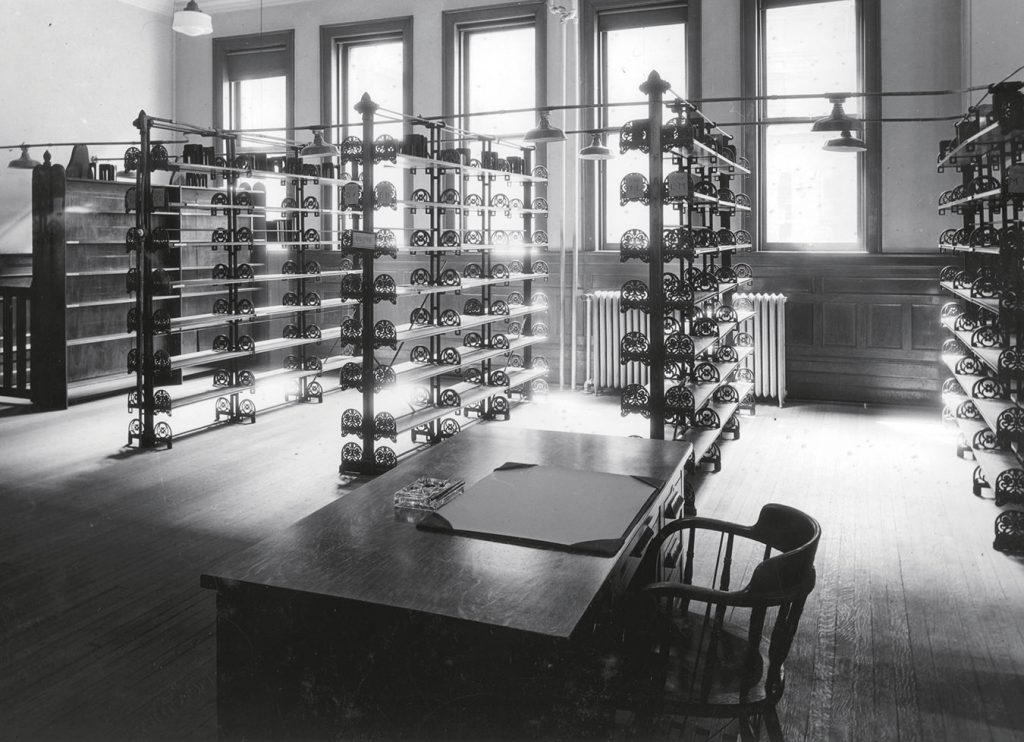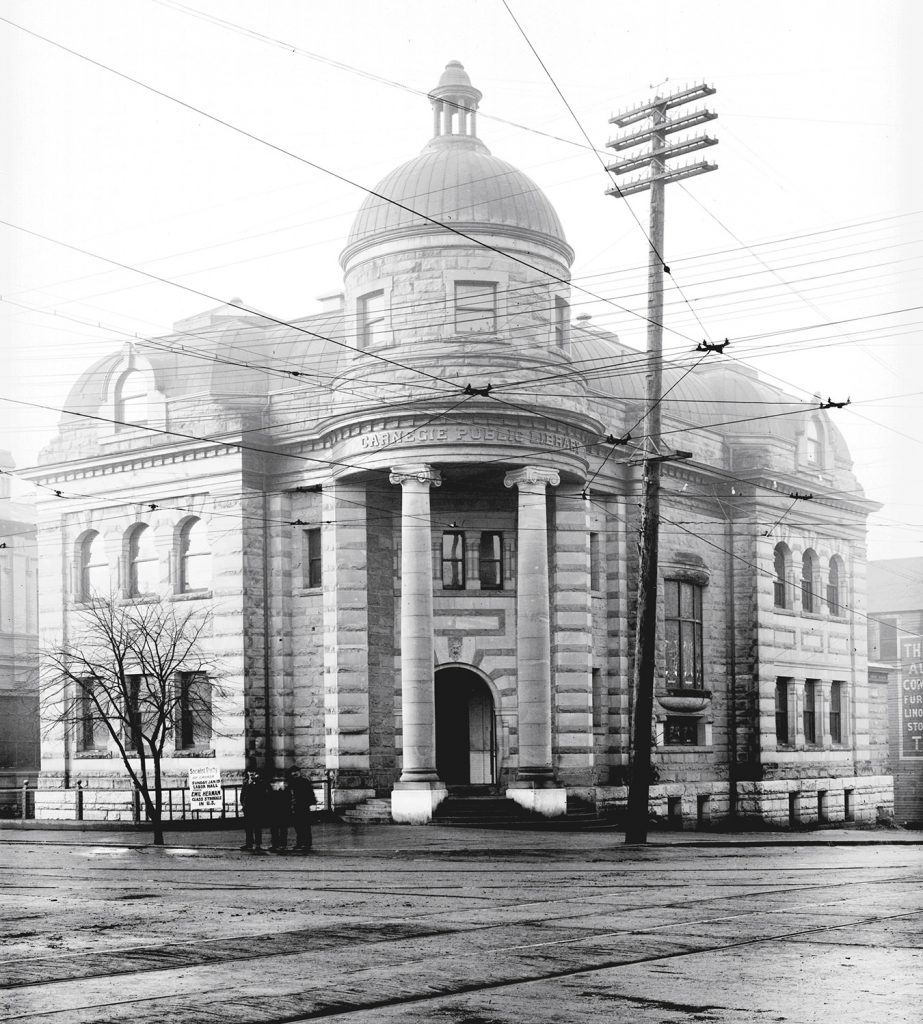The crowd that gathers around New York City’s Carnegie Hall is different than that of Vancouver’s Carnegie Community Centre at Hastings and Main. It’s easy to wonder, when passing by the infamous corner of Canada’s poorest neighbourhood, if 19th-century high-society steel baron Andrew Carnegie is turning in his grave. But in truth, that seems unlikely. And to some, reading the regal Carnegie name over a building that acts as the hub for area residents challenged by poverty, drug addiction, and mental illness may seem at odds with the elegance of New York’s Carnegie Hall. However, the latter is in fact further from the original intention of its namesake.
The Curator of Carnegie Collections, Columbia University’s Jane Gorjevsky, will tell you that the wealthy aristocrat gave away large proportions of his wealth for community projects in cities like Vancouver, to provide opportunities for the less-privileged—not the cultural notoriety now linked to the New York venue. “He built thousands of free libraries all across the English-speaking world, and Carnegie Hall ended up being more elitist than he originally intended,” says Gorjevsky.
Andrew Carnegie was an early proponent of social responsibility, believing the wealthy should actively redistribute their fortunes to those in need. He poured 90 per cent of his personal wealth—over $350-million—into workers’ centres, international foundations, research institutes and over 2,500 public libraries (112 of which are in Canada). Carnegie writes in his 1889 The Gospel of Wealth, “The man who dies thus rich dies disgraced.”
The first Vancouver Free Reading Room and Library opened in 1887 on West Cordova Street, with books donated from the Hastings Saw Mill boarding house. The library’s popularity forced it to bounce around the city to larger and larger rooms until 1901, when the City approached Carnegie for a $50,000 donation to build a library. He gave the gift on condition that the City provide the land, and pay $5,000 a year for maintenance.
The library opened in 1903 at Hastings and Westminster (now Main Street), where it remained until relocating to Burrard Street in 1957. The Carnegie then became home to the Vancouver Museum. But by 1968, it had outgrown the space, and as a result moved to its current facility, shared with the Planetarium, leaving Carnegie’s building unused. Reborn in 1980 as the Carnegie Community Centre, it brought relevance to the building’s original vision, and now in the form of drug- and alcohol-free safe spaces, such as a senior’s centre, a kitchen, and a gym.
A small but well-used branch of the Vancouver Public Library serves as a reminder of the building’s beginnings. The Carnegie Library branch in the Carnegie Centre is open 365 days a year and serves upwards of 500 people a day with anything from books to photocopies of newspaper puzzles. The branch distributes up to 350 photocopies of the day’s crossword or Sudoku puzzle to local area residents.
“I definitely have the best job in the Vancouver Public Library,” says branch head Beth Davies. “This is the only full-time library job I have ever wanted. Carnegie patrons are passionate and diverse. They are also the most appreciative I have ever dealt with. Some of our patrons deal with complex health issues, including mental health and addictions issues. Many of these issues are compounded by poverty and homelessness or lack of adequate housing. To some of these patrons, Carnegie is their living room, where they can read a newspaper, chat to friends, or escape into a book for a couple of hours.” The benefactor rests easy.
Photos: Philip Timms, VPL 3425 & 3451.










